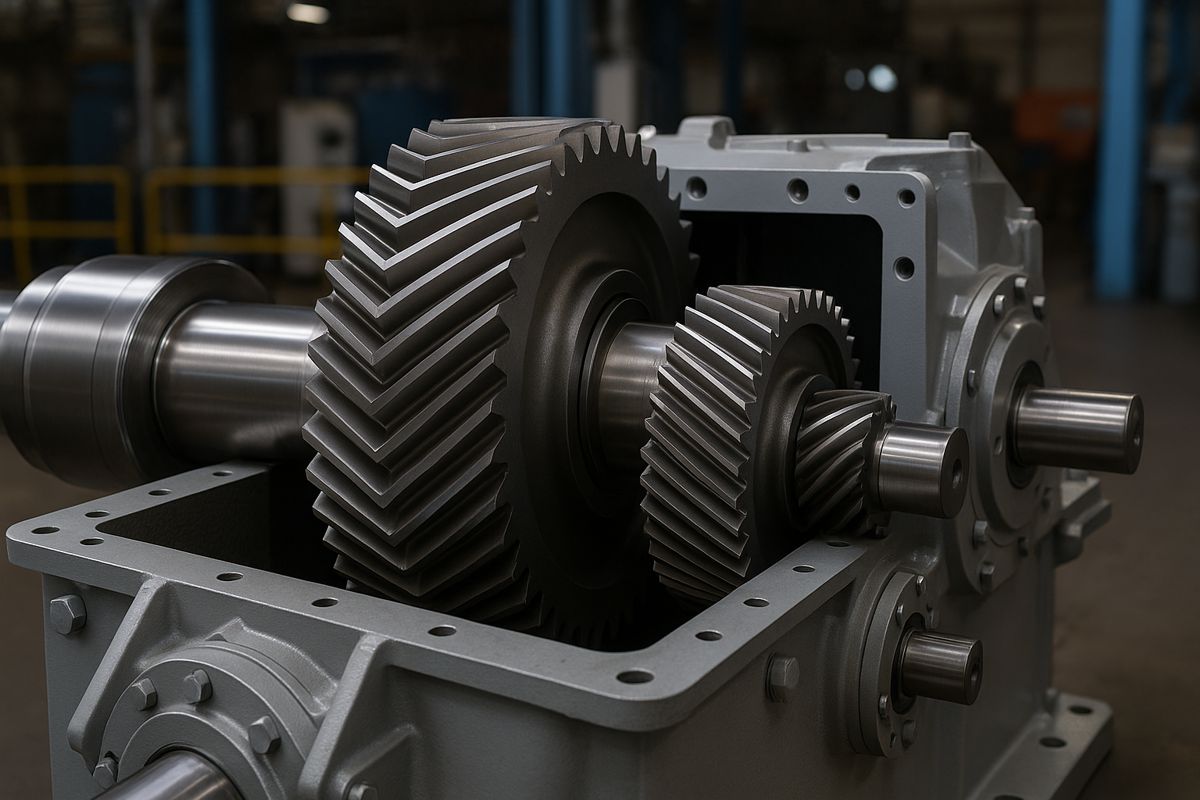Metamaterials that manipulate both heat and electricity with Thermotics
Thermal management is crucial due to the ubiquitous presence of heat energy in nature. Traditional metamaterials have been designed to control heat flow through methods like cloaking and concentrating. However, these designs often serve a single function, limiting their applications.
Recent advances have proposed multifunctional metamaterials under the thermoelectric coupling field, but most neglect the electric field’s regulating effect on the thermal field. Due to these challenges, there is a need for deeper exploration of dual-function thermoelectric metamaterials.
A team of scientists from Fudan University, in a study (DOI: 10.1002/msd2.12070) published on March 17, 2023, in the International Journal of Mechanical System Dynamics, presents a unified framework for manipulating thermoelectric fields. Their research details the design and theoretical underpinnings of these innovative metamaterials, which can simultaneously control thermal flux and electric current.
The research analytically proves the form invariance of thermoelectric governing equations, allowing precise control of thermal flux and electric current. The proposed dual-function metamaterial can concentrate (or cloak) and rotate the thermoelectric field simultaneously. Two practical control methods were introduced: a temperature-switching thermoelectric rotating concentrator cloak and an electrically controlled thermoelectric rotating concentrator. The temperature-switching method uses a temperature-dependent conductivity with a step function to switch between cloaking and concentrating functions. The electrically controlled method adjusts external voltages to manipulate the temperature field precisely.
Both methods were demonstrated through finite-element simulations, which showed excellent agreement with theoretical predictions. The study’s theoretical framework allows for the manipulation of the direction and density of the thermoelectric field, contributing to thermal management research. The potential applications of these findings include enhancing thermal rectification and developing thermal diodes, providing a significant advancement in thermal management technologies.
Prof. Jiping Huang, stated: “Our work establishes a unified theoretical framework for dual-function thermoelectric metamaterials, which can revolutionize thermal management technologies. The ability to control both heat flow and electric current simultaneously opens up new possibilities for developing advanced thermal management systems and devices.”
The dual-function thermoelectric metamaterials have significant implications for thermal management technologies. By offering precise control over heat flow and electric current, these materials can enhance the efficiency of thermal rectification and enable the development of advanced thermal diodes.
The ability to switch functions through temperature and electrical control adds versatility, making these materials suitable for various applications in electronics, energy systems, and materials science. This innovative approach paves the way for future research and development in multifunctional metamaterials, potentially transforming how we manage and utilize thermal and electric fields.




















